I’ve had some requests to have the audio of my weekly blockchain newsletter so I’m happy to oblige this request. I listen to podcasts while driving or golfing so I love this idea. Enjoy!
—
Visa just spent $150,000 for a non-fungible token "NFT" of a digital punk from the CryptoPunks collection from the Larva Labs studio.
This is a watershed moment for a number of reasons:
1) Visa is a monolith of a traditional financial institution finally cow-towing to a crypto project.
Visa, and traditional financial USD fiat-dependent institutions, have long been antithetical to any type of cryptocurrency or blockchain developments. The growth of this ecosystem takes away from activity in the traditional, antiquated financial markets, of which Visa has a considerable stake and vested interest in its continued utility.
2) It's a huge PR boost for Larva Labs & the use case of expensive art on the blockchain.
While most NFTs are less than $100 in value, there is also a handful of projects that see 6-figure sales as a regularity. For some, you can't even buy any of the project's NFTs without shelling out the cost of the downpayment on a house or the whole house itself.
Many would have scoffed at well-heeled, rational investors dipping heavily into their pockets to include this digital art into the alternative asset segment of their portfolio.
It creates further visibility for the important work that Larva Labs is doing to build out this nascent industry of digital art, long ridiculed as having no meaningful value beyond that with a corporation will throw in an artists direction to fashion something together. The narrative forever, and continues to be, is that art is seemingly devoid of value without having been hand painted with oils or pastels and signed by the artist themselves in a 1/1 or as part of a limited series.
We're talking about art that can be resold at auction with real collectibility value. Do not buy art on a cruise ship or anything other than authorized, or signed, by the artist themselves and be exceptionally careful when it's authorized "by the estate" of an artist. These works largely have no value.
3) OpenSea has been crowned King of the NFT platforms
As the home of CryptoPunks, this represents an important feat for OpenSea, which has been an absolute behemoth in the space with an avalanche of activity and the de facto home for NFTs.
The secret sauce of with OpenSea was their willingness to let everyone with a Web 3.0 wallet, like Metamask, on that platform. Other platforms were curating for the most sellable artists and hoped to market them on their own, but, in the process, they left out 99% of artists, who felt spurned, and these artists brought their fans to OpenSea to see their exhibited works.
Further, the willingness of OpenSea to start integrating blockchains other than Ethereum, like Polygon, represents a demonstrated willingness to be nimble in terms of alternative blockchain architectures. Many in the ecosystem are Ethereum maximalists and prefer to absorb the high gas fees associated with using this, presently, hugely congested network as opposed to entertaining bringing NFTs to other blockchains like xDAI, Polygon, Binance Smart Chain, or any number of different Smart Contract capable blockchains.
4) It introduces a level of seriousness to the NFT discussion.
For years, the NFT community was mocked, slighted, and any committed artist to this space was seen as scraping the last dredges of monetization to support their fledging art to debase themselves to hocking NFTs, the ultimate belittlement to corral what could be collected in terms of an earnings. Well-known contemporary artists would not lower themselves to introduce an NFT offering, much like film actors, for the longest time, looked down upon TV work as often embarrassing to have to take on, the sign that one's career was on the descent rather than ascent. Now it seems every major movie star either is in a TV project for Netflix, or another production company, or their in-house production companies have a TV project in the works. Hopefully NFTs continue to enjoy a shift of this scope.
It's perfectly rational, however, that if someone is given a one person show in the Chelsea Art District in Manhattan that one would immediately take it, and that's what Damien Hurst, and other contemporary artist visionaries, regularly do. It puts them in front of an elite set of art buyers who appreciate the 1-on-1 experience of interfacing with an artist to learn a bit of their style, but also revel in the flattering attention that whales of the art collecting market demand and enjoy.
Artists do this but now they are also doing NFTs as well.
5) It introduces NFTs to, effectively, the world.
The number of people who have a Visa card is jaw-dropping: 353 million in the US and 803 million outside of the US, cumulatively 1.141 billion.
Visa's efforts to trumpet their foray into the space is illuminating NFTs on the world stage in a way that crypto enthusiasts and mass adoption advocates have been pining for since the birth of blockchain.
Instead of introducing NFTs to the world through the prism of "Why would someone pay $69 million for an image you could copy and paste to your desktop for free," you're seeing, "Wow, it looks like even long-standing mainstream financial institutions are relenting to the pressure to be seen as first-movers in tech, with the hopes of earning some level of accompanying positive press praising their forethought. Maybe there's something to this blockchain deal." This does much to change the collective narrative.
I do a fair amount of content crafting, consulting, and coding for an NFT-focused project, the NFTsDAO, and from my experience with them, and having owned NFTs since the CryptoKitties craze of 2017, I have a few thoughts on NFTs as an asset class.
1) It's speculative, unless wrapped with a token or instrument of range-bound value
The value of these assets is largely a function of which prominent accounts are trumpeting a project's praise. There are many Twitter accounts that are well-regarded and invest a full-time effort into finding high-value, low-cost NFTs, collecting a great many of them, and then singing their praises. This is the essence of investing through social proof. Winners have many fathers, but failure is an orphan. In the eye of an investor, the likelihood that when an analyst makes a prediction about a project then it's a bullish sign. While, as every disclosure likes to broadcast, past performance is not indicative of future success, it is often a better bellwether than taking a random member of the population.
Cops will tell you that past behavior is the best predictor of future behavior, and in the venture capital world especially, a major consideration is who is the leadership team and who is investing in the company. If either the leadership or early round investors have an impressive track record then more investors feel comfortable with sticking their necks out and tossing their capital in a project's direction. Sophisticated investors often like the bet the jockey even over the horse, that is to say, if there's a really impressive leader at the helm of a company that is just marginal, they're still going to invest both because the company many be trading for a discount and because they trust that executive to be able to pull from the confidence chiseled from past successes and right the ship, resulting in a handsome multiple for investors.
2) Artists Need to be Visible
I see may artists that want to churn out a few dozen interesting looking works and then sit back as the perceived tsunami of royalties and sales sail in. It doesn't work that way. There are many undiscovered artists who are creating absolute masterpieces, but they struggle at how to even put in hashtags to their Tweets to get it in front of eyeballs or navigate Google Adwords to promote their art. The most successful artists have professional representation that help them piece together professionals that can grease the wheels on getting traction on the locomotive that hopefully becomes their freight train of a career.
One doesn't have to be polished enough to do a TED talk on the nuances of their artwork's meaning in the context of the broader art movement with which they most closely identify. One doesn't even have to have an academic bent to the way that one explains ones art, rather, I've observed that people just want to see the artist speaking confidently and intelligently on why they made what they did. Collectors like to see who is behind a particularly work of art and what it means to them. If this meaning resonates with the art enthusiast then they're likely to look into buying it. Introducing visibility is an exercise well worth undertaking.
For those that feel intimidated in front of others, fearing that they're going to be put on blast, on the spot, in a confrontational way by a passerby demanding that an artist justify themselves to him as to why, as the artist, one is asking these hard-earned $100 bills from his pocket for your drawing when he spend days or weeks to earn them. Thankfully, it's rarely that bad.
I enjoy attending Laguna Beach, California's annual Pageant of the Masters Festival where costumed actors recreate famous works of art in the evening and artists line the streets showing off their paintings and engage with passersby about their work during the day. The works are often so expensive that it'll blow through any credit card's upper limits so artists facilitate purchase orders for invoice payments through a nearby partner gallery. In all of my time going, I've only heard a few gasps when bending over to take a look at the army of zeros the follow an beginning number on the paintings price or tourists saying, within earshot of the artist, "welp, that's more than our house."
Art is largely a business of pleasantries, compared to most professions, so the intimidation that many artists that I speak with is, as I tell them, misplaced.
You will have a person triggered as to why this part of culture is so valued while their situation in life makes them feel less valued, but I often tell people to look forward to these confrontational situations because the aftermath is that you will have experienced the worst of having to interface with the public in a professional capacity.
3) An NFT business is a Viable Business
Many NFT projects have a royalty fee of 5 - 10% on every sale. This is a digital type of Droit de suite or Artist's Resell Rights that returns value to the artist with each transaction. This creates a permanent, and recurring, incentive for artists to make a splash in popular culture, in the art world, and essentially extends the freedom to them to have a baseline, passive income while they're crafting more pieces and building their prominence in their chosen niche of the art world. This royalty structure is also why European artists have a comfortable retirement reserved for the South of France or Spain, with the active resale of works painted in their youth bearing fruit for the comfort of their retirement.
No such law exists in the US, or most all of the rest of the world outside of Europe, except for Australia and the Phillipines. The California Resale Royalties Act, which mandated a 5% royalty rate for works over $1000, was ruled by the federal 9th circuit court to have been federally preempted by the Copyright Act, which affords no such royalty provisions.
These royalties, minted in Smart Contracts, do more to protect artists than most of the world's countries, largely because it's the artists themselves who are coding these NFTs.
NFT studios, like NFTsDAO, earn a handsome slice of the earnings of all NFTs minted, and sold, by their artists. Keep it mind that NFTs are not limited to visual images, but increasingly music and video are being integrated into powerful NFTs that share royalties with NFT holders. Podcast hosts will mint an audio NFT and distribute rewards earned from advertisements or offer other perks, including sometimes extending copyright rights to the holders of these NFTs. We could be in a situation where a brand likes the song of an artist, and they have sold the rights to this song in an NFT. Should they want to license the use of the song they would have to buy this NFT from its present owner, earning a healthy profit for the NFT holder as well as the musician, through the royalty structure.
The possibilities outside of visual art is considerable and the floodgates are already starting to burst, with top electronic and hip-hop music artists dipping their toe into the markets.
You may have seen where Mila Kunis' NFT project requires that you own the actual NFT in order to access the Stoner Cats cartoon content.
The allure of this model is that not only do you have access to your desired cartoon, community credibility that you're invested in this space through owning the NFT, but you also stand a good chance of seeing appreciation on your NFT as a result of the supply/demand imbalance between the number of people that wish to watch the cartoon adjust versus the number of people who have tokens that afford such privileges.
Consider this: when you buy a concert ticket, the actual ticket stub post-concert effectively holds no value, beyond what you can sell it for on eBay for nostalgia's sake or if it was historically significant like a ticket to Woodstock. Rather than losing 99.9% of the value immediately after the show, with NFTs you can retain a good amount of value and possibly see an appreciation. That's powerful.
Stateside you're seeing A-list celebrities, like Mila, going in first into NFTs because any other avenue of crypto, like decentralized finance, is a securities laws nightmare. Only huge blockchain projects presented by billionaires, in Gemini or FTX, are able to come to the table with a government relations, compliance, and securities lawyers budget of the type of magnitude to attempt to operate in the US. FTX says flat out that their platform's token is not for sale to Americans under any circumstances. This speaks to the thorniness of securities laws and the antithetical stance that securities companies are taking to all things blockchain, seeing it, rightly, as an intruder to the securities space impugning upon their territory.
Western Europe, Asia, Australia, and Canada are more hospitable and that's where most of projects are based, with a Singapore, Hong Kong, Spain, and Portugal being particularly popular.
If you're interested in NFTs check out the NFTsDAO, this newsletter, OpenSea.io, or your favorite crypto periodical for the latest developments! If you liked this article send it to a friend to subscribe. Thanks, guys.








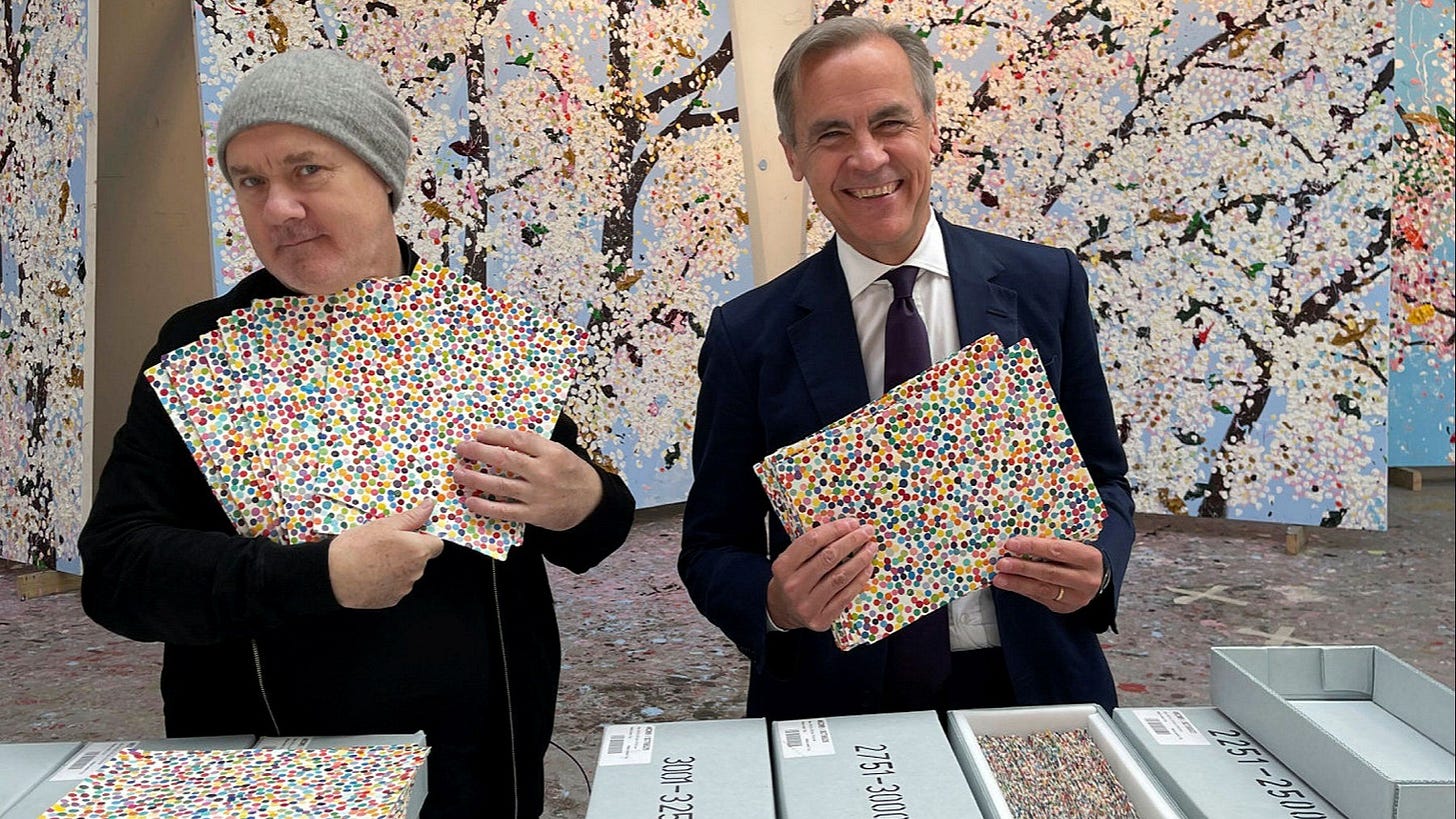


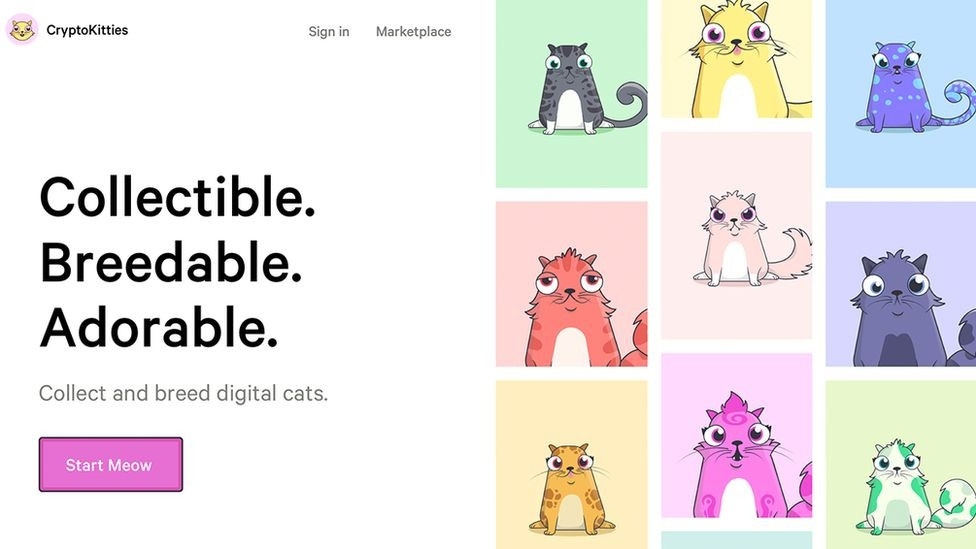


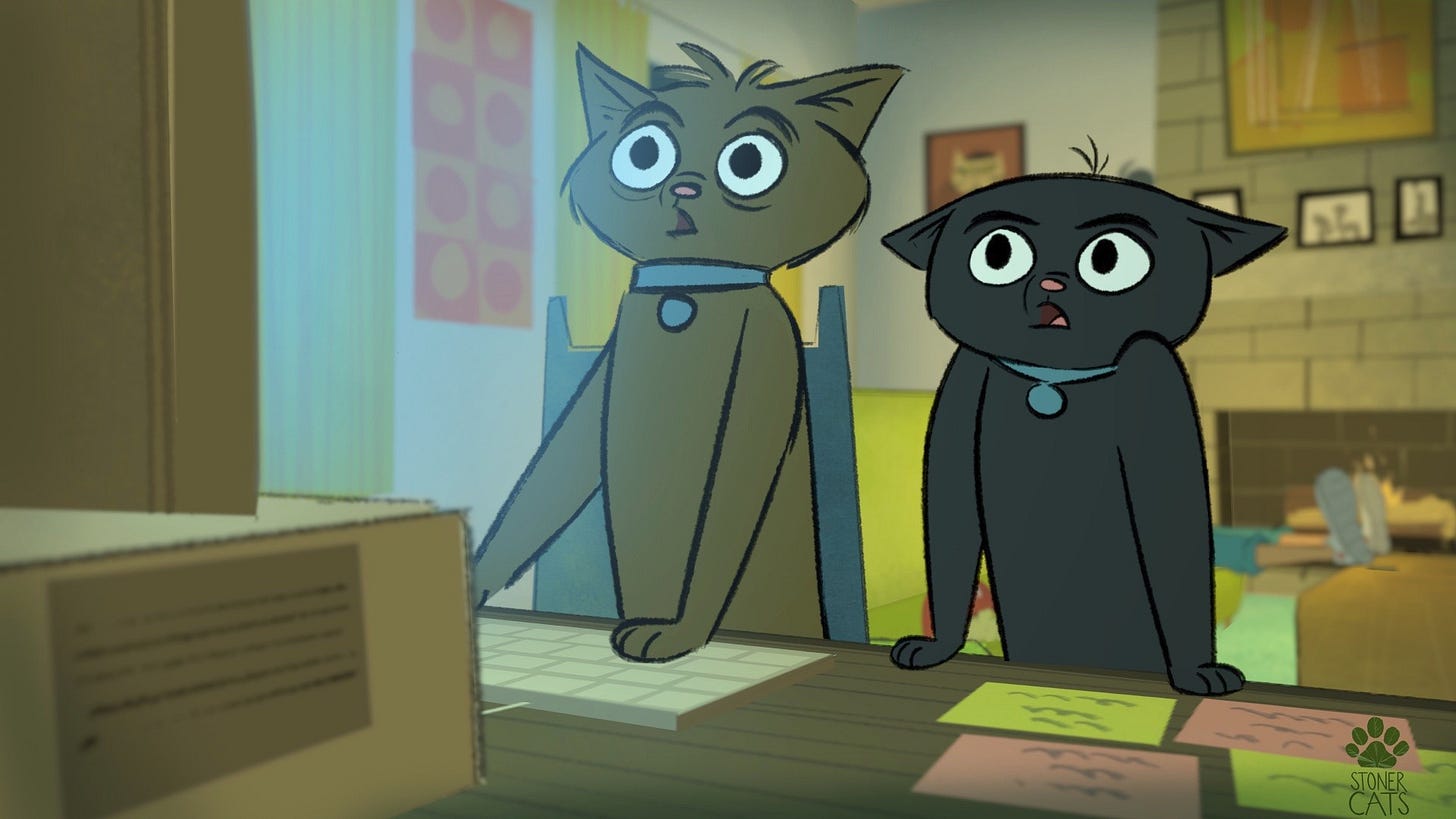

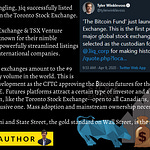
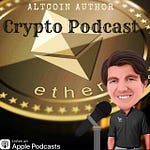

Share this post